
Did you know that over 75% of resumes never get read by human eyes? This startling reality is largely due to the prevalence of Applicant Tracking Systems (ATS) in the modern job application process. In this digital age, crafting an ATS-friendly resume is not just an advantage – it’s a necessity. Yet, many job seekers unknowingly make critical mistakes that can lead to their resumes being filtered out before they ever reach a hiring manager. From overlooking essential keywords to using formats that confuse these digital gatekeepers, the pitfalls are many. In this comprehensive guide, we’ll navigate the common errors in creating an ATS-friendly resume, ensuring your application stands out and reaches its intended destination. As we delve into the intricacies of what makes or breaks a resume in the eyes of an ATS, remember, your next job opportunity could hinge on these crucial insights. Let’s ensure your resume is not just seen but truly recognized.
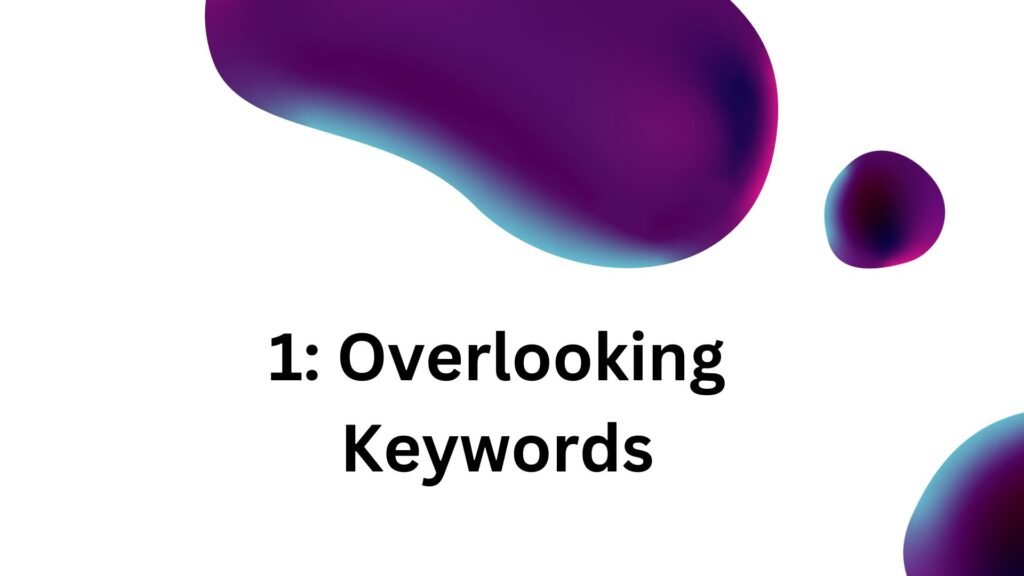
Imagine your resume as a key, and the job you desire as a lock. Just as the right key opens a lock, the right keywords unlock opportunities in the job market. When your resume lacks industry-specific or job-related keywords, it’s akin to using the wrong key – the ATS simply won’t open the door for you. These systems are designed to scan and rank resumes based on the frequency and relevance of keywords matched to the job description. Missing these critical words can result in your resume being overlooked, no matter how qualified you might be. To ensure your resume speaks the ATS language, use the job description as your Rosetta Stone. Decode it to identify the skills, titles, certifications, and other industry jargon that align with your qualifications, and integrate them seamlessly into your resume. Remember, the right keywords can be the difference between landing an interview and getting lost in the digital shuffle.
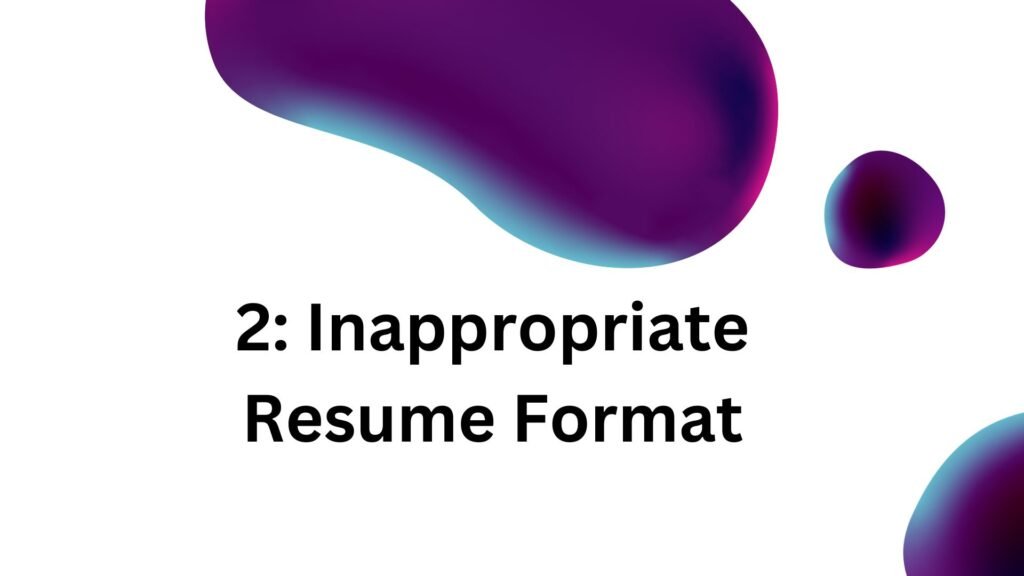
In the quest to stand out, some job seekers opt for complex or unconventional resume formats. However, these creative layouts can be the Achilles’ heel in an ATS-driven world. Applicant Tracking Systems favor simplicity and clarity, often struggling to read or correctly interpret resumes with intricate designs, unusual fonts, or non-traditional structures. The risk? Key details get lost, or worse, the entire resume gets misread. To navigate this, stick to a straightforward, clean layout. Use standard fonts and a logical flow of information. This approach not only ensures ATS compatibility but also enhances readability for human eyes. Remember, in resumes, clarity trumps creativity, especially when it comes to ATS.

Beware of placing essential details in headers and footers; many ATS systems overlook these areas. Vital information like your contact details, crucial qualifications, or job titles might go unnoticed if they’re hidden here. Keep key content in the main body of your resume to ensure every word is recognized and accounted for by the ATS. Remember, in the realm of ATS-friendly resumes, visibility is key to success.

While visually appealing, graphics and images in resumes are often obstacles for ATS. These systems can’t parse or interpret visual elements, leading to missed information and potentially undervalued qualifications. To ensure ATS compatibility, prioritize text over visual flair, keeping your professional achievements in clear, unembellished text format. This approach guarantees that your skills and experiences are fully recognized and accurately assessed by ATS algorithms.
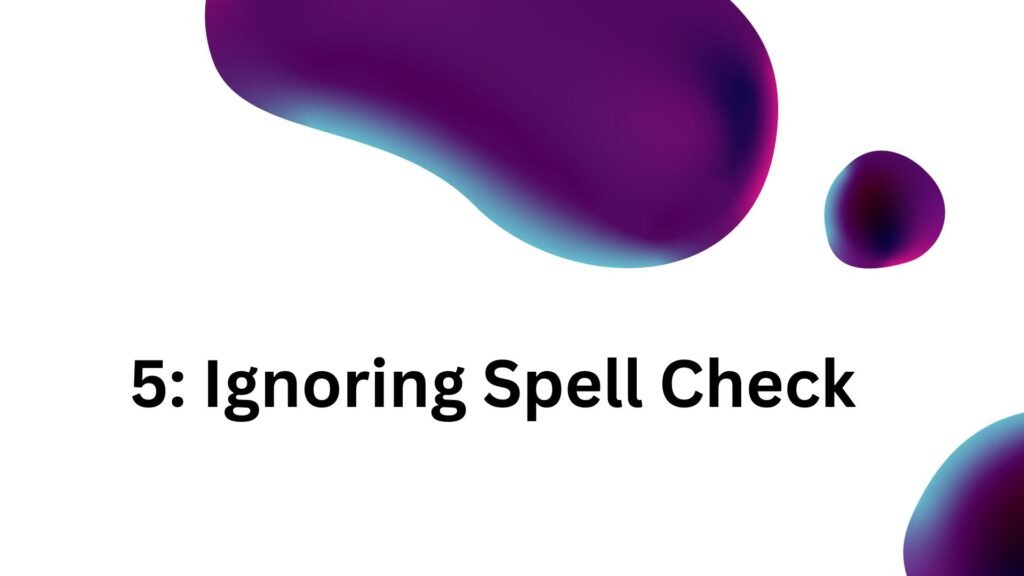
Overlooking the importance of spell check in your resume is akin to walking into an interview with a stain on your shirt; it’s instantly noticeable and potentially disqualifying. In the realm of ATS, correct spelling and grammar are not just about professionalism; they are crucial for functionality. Applicant Tracking Systems are programmed to identify specific keywords, and a misspelled term is often as good as invisible to these systems. This can result in your resume falling through the cracks, regardless of your qualifications. Regularly running spell check, and even better, having a human eye review your resume, can prevent these costly errors. Remember, the accuracy of your language reflects your attention to detail, a trait highly valued in any candidate. A meticulously crafted, error-free resume is your ticket to passing the ATS test and making a strong first impression on potential employers.
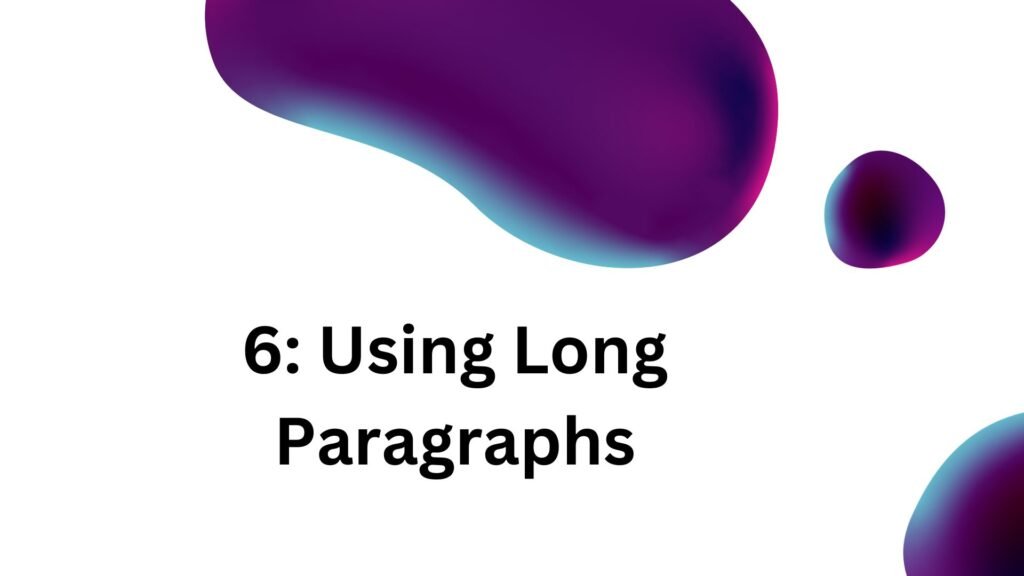
In the landscape of ATS-friendly resumes, brevity is your ally. Long, dense paragraphs can be daunting not just for human recruiters but also for Applicant Tracking Systems. These systems are engineered to scan and identify key information quickly. Lengthy blocks of text can obscure vital details and keywords, diminishing the impact of your qualifications. To enhance both readability and ATS compatibility, break down your experience and skills into concise, bullet-pointed lists. This format not only simplifies the ATS’s job in parsing your resume but also makes it more navigable for recruiters, ensuring your accomplishments are easily seen and understood. In essence, clear and succinct bullet points can significantly increase the chances of your resume standing out in the competitive job market.

Striking the right balance between professional jargon and clarity is crucial for an ATS-friendly resume. Excessive use of industry-specific acronyms or technical jargon can be a double-edged sword. While these terms demonstrate your expertise, they can also be a stumbling block if the ATS is not programmed to recognize them. Some systems may overlook or misinterpret less common acronyms, causing your resume to be undervalued. To navigate this, use widely recognized terms and spell out acronyms at least once before using their abbreviated forms. This approach ensures that your resume is accessible to both ATS algorithms and human recruiters who may not be familiar with specific jargon. Remember, clear and comprehensible language broadens your resume’s appeal and increases your chances of making it past the initial screening.
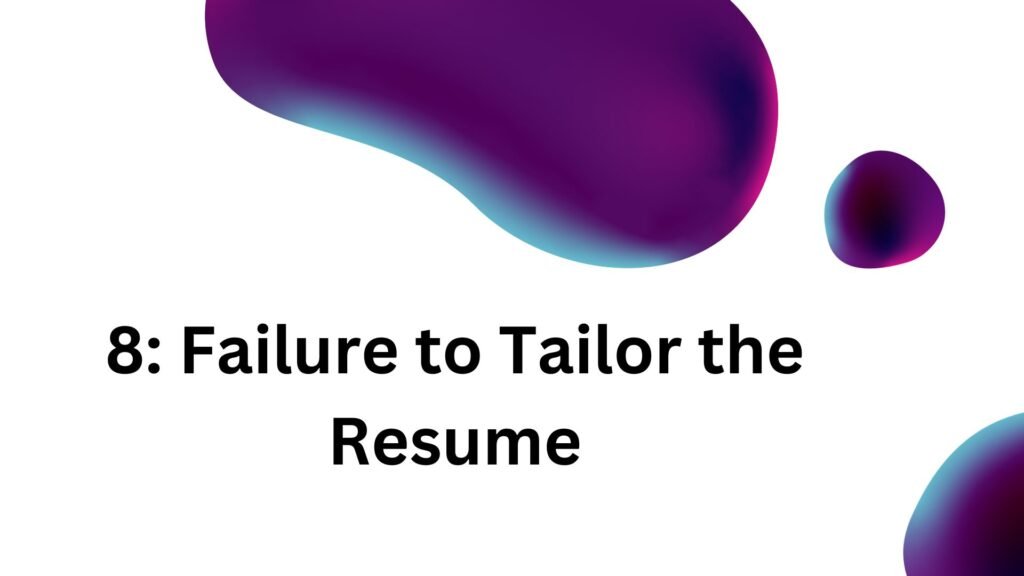
One of the most common yet critical mistakes in resume writing is failing to tailor it for each specific job application. A one-size-fits-all approach can significantly reduce your resume’s effectiveness. Each job has unique requirements and keywords that the ATS looks for, and a generic resume is less likely to contain these specific terms. By customizing your resume for each role, you align your skills and experiences more closely with the job description, increasing the likelihood of passing the ATS filter. This means meticulously adjusting your accomplishments, skills, and even the objective statement to reflect the needs and language of each job posting. Tailoring your resume not only demonstrates your genuine interest in the position but also significantly boosts your chances of securing an interview in the competitive job market.
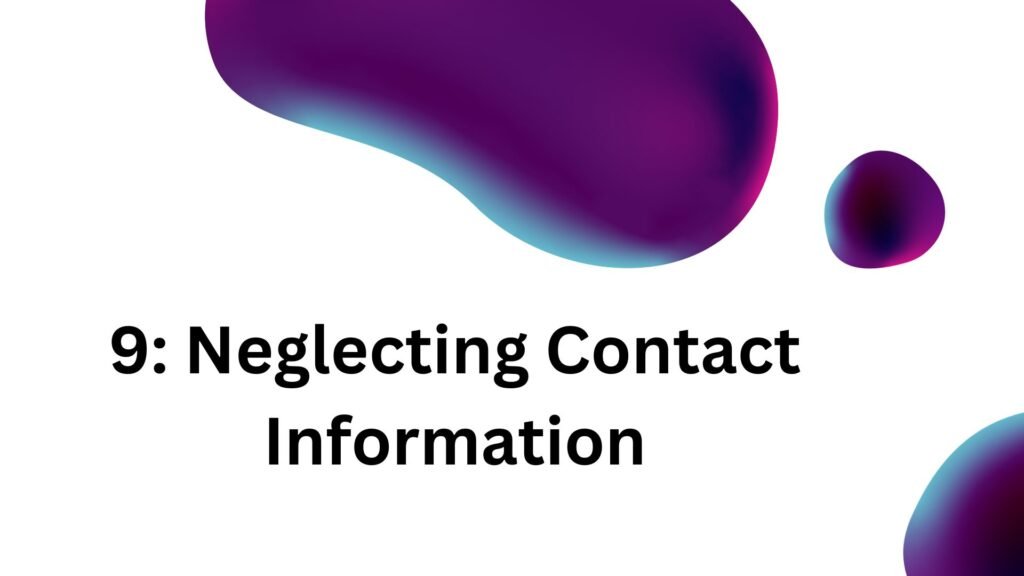
In the digital era of job applications, ensuring your contact information is clearly and correctly presented in your resume is paramount. Surprisingly, a common oversight is burying or improperly formatting this crucial information, making it difficult for both ATS and potential employers to reach you. Avoid placing your contact details in headers or footers, as ATS often skip these sections. Instead, position them prominently at the top of your resume, ensuring they are in a simple text format. Include your full name, phone number, email address, and LinkedIn profile if applicable. This straightforward approach ensures that once your resume passes the ATS screening, recruiters can easily contact you, bringing you one step closer to your desired job. Remember, in the job hunt, your contact information is your lifeline; make it impossible to miss.
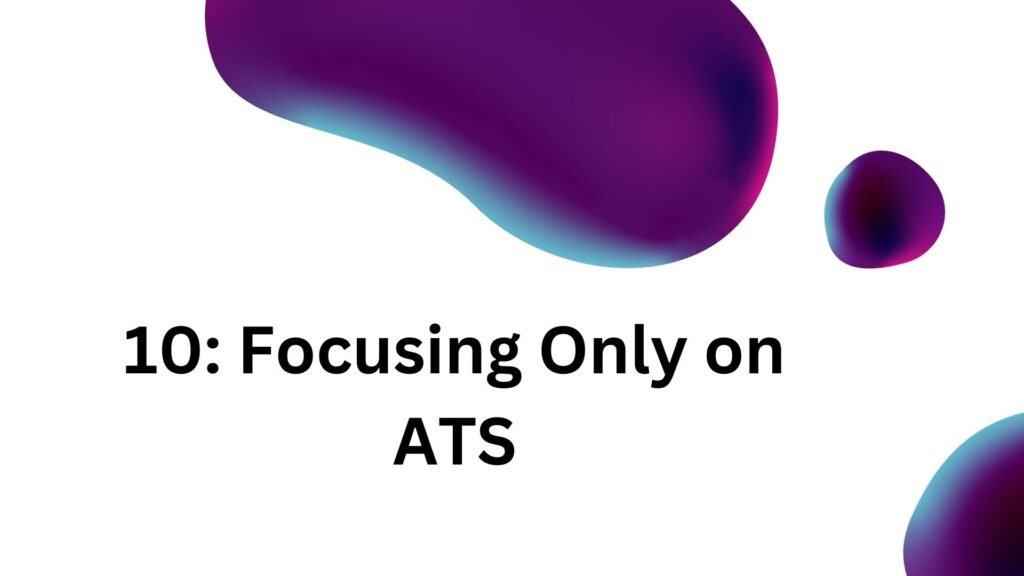
While optimizing your resume for Applicant Tracking Systems is essential, it’s crucial not to lose sight of the ultimate goal: impressing the human recruiter. An ATS-friendly resume gets you through the digital gatekeeper, but it’s the human touch that turns a candidate into an employee. Balance technical optimization with engaging, reader-friendly content. Use clear, compelling language to showcase your achievements and personality, making your resume not just a list of skills and experiences, but a narrative of your professional journey. This dual focus ensures your resume resonates with both the digital and human elements of the hiring process, significantly enhancing your chances of landing that coveted interview and, ultimately, the job. Remember, at the end of the day, it’s a person who makes the hiring decision, not an algorithm.
Conclusion
In summary, crafting an ATS-friendly resume is a delicate balance of incorporating the right keywords, maintaining simplicity in format, ensuring error-free content, and tailoring to each specific job application. Remember, your resume is your first impression in the digital job market. Avoid common pitfalls like neglecting contact information or focusing solely on ATS optimization at the expense of human appeal. Take these tips to heart and revisit your resume with a fresh perspective. If you seek further expertise, consider our professional resume writing services. For more insights and guidance, explore our resources here. Let’s transform your resume into a powerful tool that opens doors to new career opportunities.




